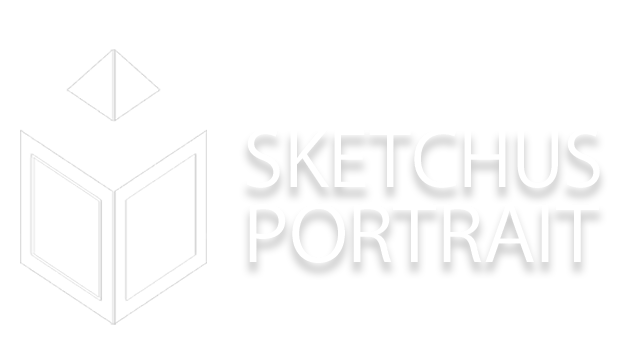Drawing a film roll can be both a nostalgic and creative challenge. But don't worry - it's much easier than it seems at first glance. With the right instructions and a few useful tips, even a beginner can conjure up an impressive film roll on paper. In this blog post, I'll show you step by step how you can do this and which templates will help you.

Why draw a film reel?
Film reels have a charm all their own. They remind us of the classic days of cinema and bring back memories of old movies. Moreover, drawing a film reel is a good exercise to improve your skills in perspective, shading and shape understanding.
What you need to draw
Before we begin, make sure you have the right materials on hand:
- Pencils in different degrees of hardness (H for fine lines, B for shading)
- eraser for corrections
- ruler for straight lines
- Drawing paper (preferably medium to heavy paper)
Step-by-Step Guide: Drawing a Film Roll

-
Draw the basic shape of the roll
Start by drawing two equal-sized circles next to each other. These will represent the ends of the film roll. Connect the circles with two straight lines to form a cylindrical shape. This will be the body of your film roll. -
Add the Filmstrip Pattern
On both sides of the cylinder shell, draw small boxes or rectangles that represent the typical hole pattern of a film reel. These are used to guide the film through the projector. -
Detailing the film strips
You can now draw fine lines inside the cylinder to symbolize the wound film strip. Make sure that these lines are slightly curved and parallel to each other to create the impression of windings. -
Add shading
To add depth to your drawing, you can lightly shade the edges and inner surfaces of the roll. Use a softer pencil (B or 2B) to darken these areas. Make sure to match the shadows to the light source - this will make your drawing look more realistic. -
Make the film roll dynamic
For a more dynamic presentation, you can have parts of the film strip protrude from the roll. To do this, draw the film strip in a curved line that emerges from the roll. Again, make sure to draw the film strip slots and the typical picture frames.
Useful templates for beginners







Especially as a beginner, it is helpful to use simple templates that make it easier for you to get started. You can find many sketches and templates online that you can trace to get a feel for the shape and details. Here are some recommendations:
- Simple Cylinder Shape : Start with a simplified cylinder drawing to master the basic shape of the film roll.
- Filmstrip Templates : Use templates that show the rectangular frames of the filmstrip to develop a sense of proportion.
- 3D templates : More advanced templates show you how to create a three-dimensional representation of a film roll using shading and perspective.
Tips for the first attempts
- Practice makes perfect : Draw the basic shape of the roll several times to better understand the perspective and proportions.
- Look at real film reels : It often helps to have a real object as a reference. Maybe you even have an old film reel at home that you can use as a model.
- Experiment with light and shadow : A roll of film can look incredibly three-dimensional through skillful shading. Pay attention to how the light falls on the roll and try to depict these shadows in your drawing.
Frequently Asked Questions
1. Do I have to use a ruler?
No, the ruler is optional, but it can be helpful, especially for the straight lines on the film roll. If you are a freehand artist, you can draw the lines without any tools.
2. How big should my drawing be?
It's up to you. To start with, you can choose a medium-sized sketch (about A4). Later, you can try larger or more detailed representations.
3. Can I also draw the film roll digitally?
Of course! If you have a graphics tablet, you can also design the film roll digitally. This has the advantage of being able to make corrections easily and work with different layers.
Conclusion: Drawing a film roll
Drawing a film roll is a great way to improve your drawing skills and create a cool motif at the same time. Whether it's a simple sketch or a detailed representation - with the right templates and a little practice, you'll soon be able to draw your own film roll. If you're still looking for more drawing templates or need support, take a look at Sketchus .de . There you'll not only find helpful tips, but you can also have your own portrait or work of art made.
